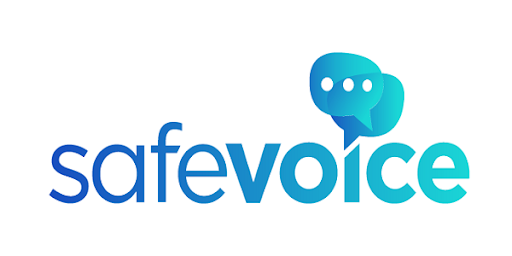Nevada SafeVoice, Final Report
By Al Stein-Seroussi
Anonymous tip lines (sometimes referred to as Anonymous Reporting Systems or ARS) have been recommended as promising and viable approaches to prevent school violence (e.g., Schwartz et al., 2016) and are becoming a popular mechanism for school systems to elicit information from students about potentially harmful events that may occur on school campuses (Planty et al., 2018). A recent national review found that 51% of middle and high schools reported having tip lines (Planty et al., 2020) and that 15 states have codified the use of tip lines through state legislation (Gourdet et al, 2021). The tip lines allow students to report suspicious behaviors they observe or become aware of (e.g., weapons in schools and planned school attacks), health and mental health concerns about their peers or themselves (e.g., depression or suicidal ideation), and other threats to the safety and well-being of students (e.g., bullying, cyberbullying, and physical fights). The idea is that providing students with an anonymous or confidential tool to report potentially harmful events to trusted adults, will lead to the prevention of the events before they occur or the mitigation of events that are already occurring. Tip lines include three primary components believed to be critical for school and community safety: 1) a mechanism for reporting behaviors that have been observed by others; 2) a mechanism for sharing that information within the confines of the law; and 3) encouragement for reporting (Amman et al., 2017; Vossekuil et al., 2002).
Pacific Institute for Research and Evaluation (PIRE). 2003, 82pg


